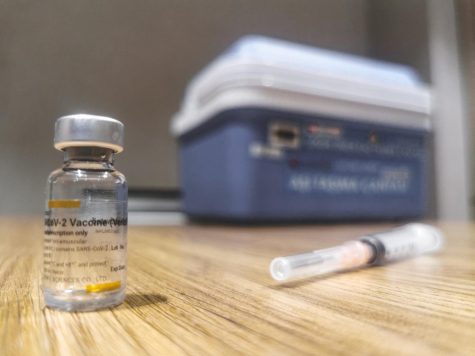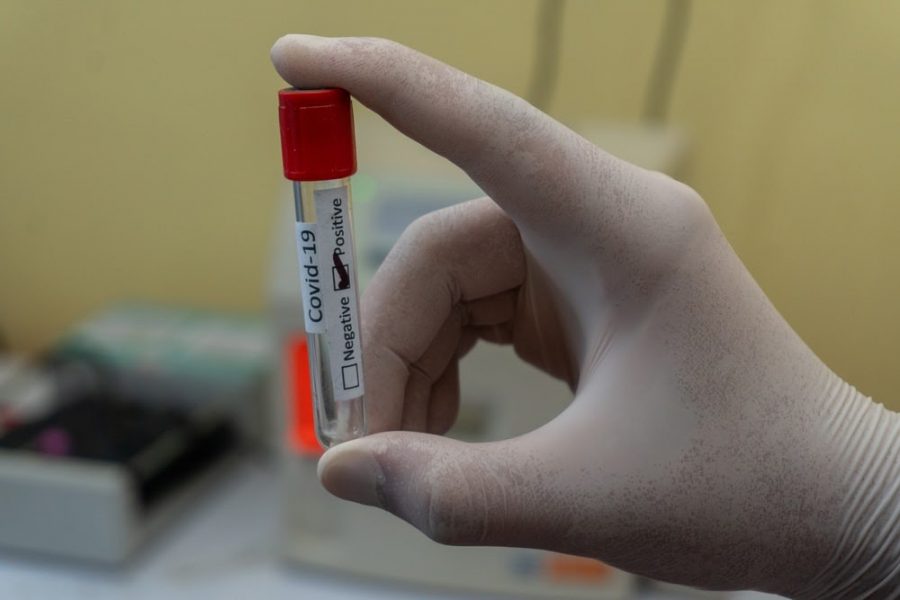Emergence of New Highly Infectious and Possibly Deadlier Coronavirus Variant: B.1.1.7
Before our very eyes, the coronavirus has mutated into several different strains, one of which is B.1.1.7, the new highly contagious and deadly U.K. variant.
Researchers have been strenuously working to uncover the mysteries of this new U.K. variant, B.1.1.7.
Just when the world rejoiced for the end of what has repeatedly been called the worst year in recent history, we have been struck with another crisis at the beginning of 2021.
Since December 2019, almost 100 million people have contracted COVID-19 globally with the death toll amounting to over two million lives. To say that the Coronavirus pandemic has taken the world by storm is a severe understatement. However, the COVID-19 pandemic may just be another stepping stone to a far worse outbreak from the new coronavirus variant, B.1.1.7.
WHERE DID B.1.1.7 COME FROM? AND WHERE IS IT HEADED?
The new B.1.1.7 strain was first discovered in September 2020 in the southeastern region of England. By December 2020, it was found that the variant accounted for 60% of cases in London. Researchers in the U.K believe that B.1.1.7 is approximately 50% more infectious than COVID-19 based on analysis of afflicted patients in Britain.
The highly contagious and possibly deadlier B.1.1.7 is spreading rapidly, and it may be more widespread than we think. The variant has already been found in over 50 countries, including the U.S.
In early January 2021, four cases were reported in upstate New York, accumulating to 76 cases in 12 states as of January 13th, 2021. The first case had been detected in a man from Saratoga Springs who had not traveled recently, providing insight into the extent to which B.1.1.7 is circulating.
“The U.K. strain is here, it is real, and the Usain Bolt-like speed through which it spreads is nothing short of frightening,” said New York Governor Cuomo.
A DISEASE EVEN MORE CONTAGIOUS THAN COVID-19–HOW IS THIS POSSIBLE?
SARS-CoV-2, otherwise known as the coronavirus that causes COVID-19, develops a mutation every few weeks. B.1.1.7 possesses several new mutations that alter the spike protein that attaches to the receptor of human cells. Some of these newfound mutations may better enable the proteins to tightly bind to the entry point of our cells, resulting in easier access. Consequently, the rate at which one would contract the disease is severely heightened.
“It’s able to bind to the receptors on cells better, and therefore is transmitted better,” said Dr. Anthony Fauci, a world-renowned leading expert on virology and infectious diseases that has now become a household name.
WILL THIS NEW STRAIN POSE MORE OF A THREAT?
The most pressing question that has been weighing on us is whether or not B.1.1.7 is deadlier than COVID-19.
At first, it was believed that there were no worsened symptoms and the strain only differed from COVID-19 in terms of contagiousness. However, new evidence by NERVTAG suggests there is a real possibility that B.1.1.7 is “associated with an increased risk of death.” The accruing data indicates that it may even be 30% more deadly.
Near the end of December 2020, U.K. Prime Minister Boris Johnson tweeted, “We have now learned that, in addition to spreading more quickly, the new variant of the virus may also be associated with a higher degree of mortality. It is, therefore, more important than ever that we all follow the rules and stay at home, protect the [National Health Service] and save lives.”
Regardless, the correlation is not yet confirmed as the findings were only an initial analysis of early data. In the paper released by NERVETAG, we are assured that rates of death per infection remain relatively low, and the preliminary data only analyzed a small group of subjects. While there is not enough information to make a precise estimate on whether there is an increased mortality rate, for the time being, it seems that the new strain is deadlier.
Fortunately, it also appears that the COVID-19 vaccines, particularly the Pfizer-BioNTech vaccine, are likely still effective against B.1.1.7. “[B.1.1.7] hasn’t acquired enough mutations so that it could escape coverage by the vaccines,” said John Brownstein, Ph.D., an epidemiologist at Boston Children’s Hospital. However, these preliminary studies done by researchers from the University of Cambridge found that efficacy declined as a 10-fold increase in dosage was required to neutralize the disease.

As of now, there is compelling evidence indicating that those who tested positive for B.1.1.7 had similar symptoms to those with COVID. In recent data from researchers based in the University of Oxford, University of Manchester, Public Health England, and Wellcome Trust, it was found that those who had contracted the U.K. variant were more likely to self-report the classic symptoms of COVID-19.
It should also be noted that all new studies conducted on the strain are provisional and subject to revision as more information is released about B.1.1.7.
WHY DID THE CORONAVIRUS MUTATE? WHAT CAN WE DO TO PREVENT MORE VARIANTS?
Sadly, we cannot prevent new variants of the SARS-CoV-2 from emerging–apart from adhering to precautions that would stop the spread of the virus itself.
“All viruses mutate over time, some more than others,” said Robert Bollinger, M.D., M.P.H, the Raj and Kamla Gupta Professor of Infectious Diseases at the Johns Hopkins University School of Medicine. “For example, flu viruses change often, which is why doctors recommend that you get a flu shot every year. We have already seen multiple variants of the SARS-CoV-2 coronavirus that are different from the version we first saw in China.”
With the coronavirus widely spreading throughout the population, new variants are inevitably developing and circulating. In actuality, B.1.1.7 is not the first nor last concerning strain we will see, especially with the emergence of the South African and Brazillian variants (however, these two strains are not correlated with higher mortality).
“New strains of the SARS-CoV-2 virus are detected every week,” said Stuart Ray, M.D., the Vice-Chair of Medicine for Data Integrity and Analytics. “Most come and go – some persist but don’t become more common; some increase in the population for a while, and then fizzle out.”
SO NOW WHAT DO WE DO? HOW DO I PROTECT MYSELF?
According to the CDC, at the rate B.1.1.7 is spreading, it could become the predominant variant in the U.S. by March 2021.
There’s nothing else we can do but continue to follow public health guidelines. This includes the safety measures that have been implemented since March of 2020 when COVID first ambushed the U.S.
It has been said a million times by this point, but to have a chance at minimizing the spread and preventing more deaths, we must social distance, maintain hand hygiene, wear a well-fitted mask, get tested, isolate/quarantine, and get vaccinated if eligible. It is crucial we do this now before B.1.1.7 gains momentum and creates another dangerous wave of the pandemic.
In New York, the variant is now being prioritized at testing sites. The NYS Department of Health’s Wadsworth Center is vigorously working to identify cases of the strain in an attempt to immediately contain it and contact trace.
Although, with the ongoing distribution of COVID vaccines, there may be hope that we can prevent another global outbreak.
“I feel confident that by summer, we’re going to be well on our way to heading toward herd immunity,” said President Joe Biden. “I feel good about where we’re going, and I think we can get it done.”
It has been said a million times by this point, but to have a chance at minimizing the spread and preventing more deaths, we must social distance, maintain hand hygiene, wear a well-fitted mask, get tested, isolate/quarantine, and get vaccinated if eligible. It is crucial we do this now before B.1.1.7 gains momentum and creates another dangerous wave of the pandemic.
Alina Chan is an Editor-in-Chief for ‘The Science Survey.' She believes that when she writes, she gives herself, and others, a voice for self-expression....











